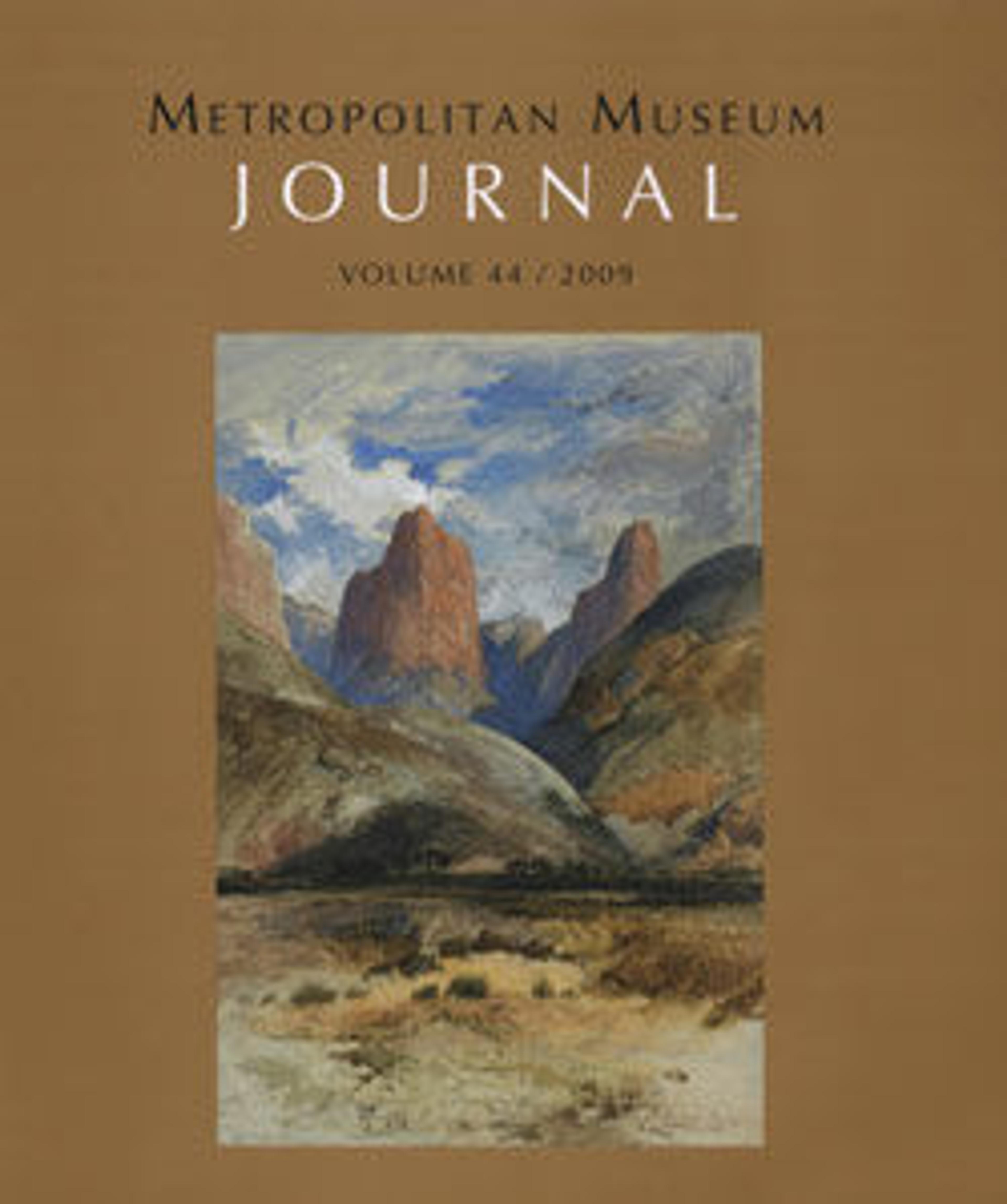Chapel from Le Château de la Bastie d'Urfé
The altarpiece, representing the Last Supper, is signed by Fra Damiano and dated 1548. It was designed by Jacopo Barozzi da Vignola.
The inlaid panels show architectural views, still lifes, landscapes, sacred subjects and ornamental patterns.
The carved cartouches display the cipher of Claude d'Urfé and his wife, Jeanne de Balzac, the Eucharistic sacrificial lamb, adopted as an emblem by Claude d'Urfé, and various Trinitarian symbols. The design of these cartouches was also probably due to Vignola.
The inscription running around the wainscoting is based upon the words of the Eucharistic hymn of Saint Thomas Aquinas. It indicates that the Chapel was dedicated to the Holy Sacrament as well as to the Trinity.
Artwork Details
- Title:Chapel from Le Château de la Bastie d'Urfé
- Maker:Fra Damiano da Bergamo (Damiano di Antoniolo de Zambelli) (Italian, Bergamo ca. 1480–1549 Bologna) and his workshop
- Maker:Francesco Orlandini [42.57.4.35 - Descent of the Holy Spirit]
- Designer:Jacopo [Giacomo] Barozzi da Vignola (Italian, Vignola 1507–1573 Rome)
- Date:ca. 1547–48
- Culture:Italian, Bologna
- Medium:Walnut and intarsia of various woods
- Classification:Woodwork
- Credit Line:Gift of the children of Mrs. Harry Payne Whitney, 1942
- Object Number:42.57.4.1–.108
- Curatorial Department: European Sculpture and Decorative Arts
Audio
2302. Bastie d’Urfe Glass
ELIZABETH CLELAND: The stained glass in this gallery really comes as a wonderful surprise. The windows were designed and made by a glassmaker called Valentin Bousch…. one of the most important and influential glassmakers of the Northern Renaissance.… The windows date from the 1530s. Earlier designs tended to be constricted within narrow, vertical panels. But in contrast, Bousch looked at these designs almost as if he's creating an enormous painting. Monumental scale figures and wonderful background vista landscapes are created over one main pictorial plane. Bousch was also innovative with his technique. The large areas of color are made from colored glass, which were cut to the shapes which Bousch wanted to represent. They're held in place with the thicker black lead lines. The details were added with silver stain, which was painted onto the glass panels and then fired.
Listen to more about this artwork
More Artwork
Research Resources
The Met provides unparalleled resources for research and welcomes an international community of students and scholars. The Met's Open Access API is where creators and researchers can connect to the The Met collection. Open Access data and public domain images are available for unrestricted commercial and noncommercial use without permission or fee.
To request images under copyright and other restrictions, please use this Image Request form.
Feedback
We continue to research and examine historical and cultural context for objects in The Met collection. If you have comments or questions about this object record, please contact us using the form below. The Museum looks forward to receiving your comments.
